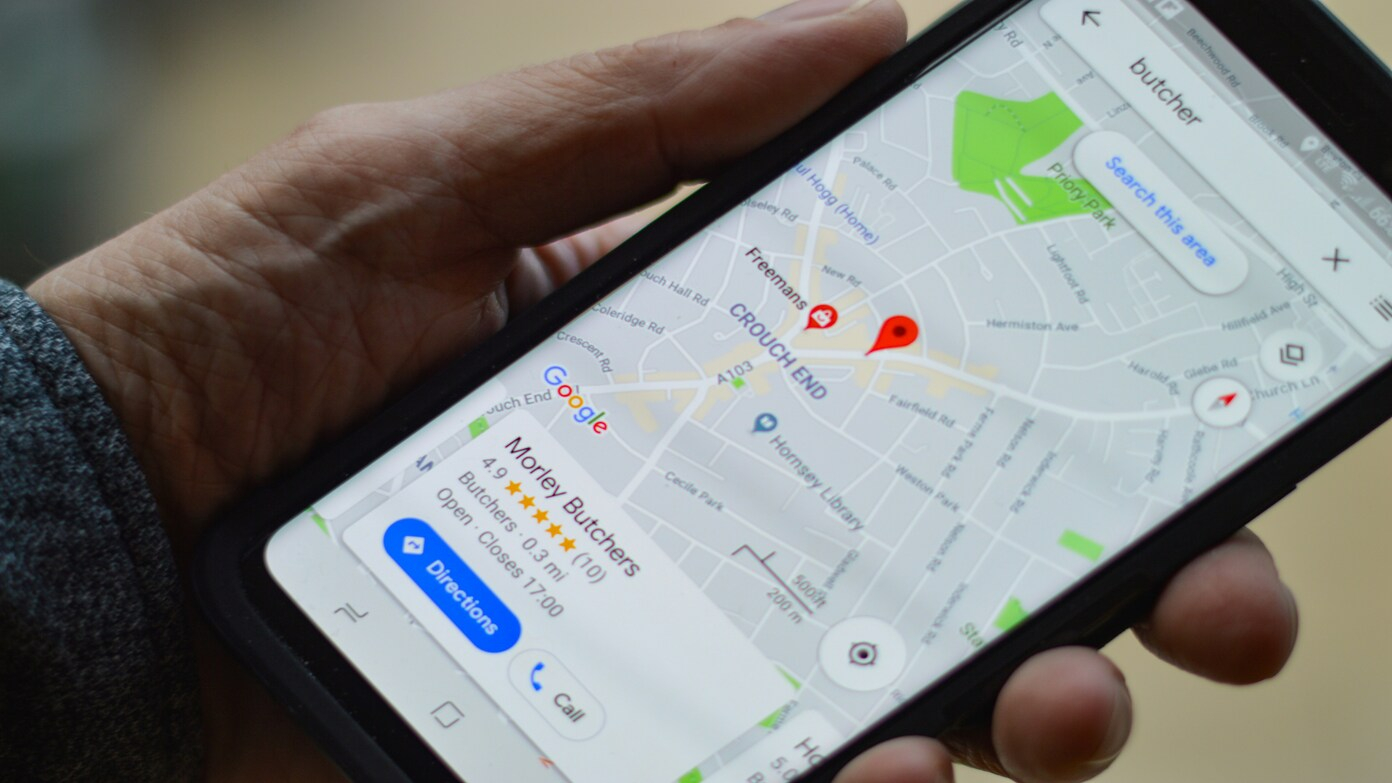Google has not kept quiet over the executive order of President Donald Trump to change the name of the Gulf of Mexico to the Gulf of America as it finally went ahead to effect the changes in its Maps app. The company confirmed the change in a statement via X, formerly Twitter, explaining that the firm does this under a long-standing policy of changing place names when official government sources show a change.
“We have a long history of respecting name changes when authoritative documentary sources, such as government records, have been edited,” Google explained in the announcement.
The name change was approved by the federal Board on Geographic Names on Monday. The names approved by the board are reflected within the Geographic Names Information System, managed by the USGS, which supplies the official place names for Google Maps to work from and helps keep map names the same across different mapping platforms.
This renaming follows historical precedents of updates in geographic names, many of which have generated heated debate. While some welcome the change as a patriotic move, others consider the Gulf of Mexico to be a well-established name with important cultural and historical significance. The Gulf, bordering the southeastern United States and Mexico, has been referred to by its current name for centuries.
Other countries will see a different name
While Google Maps users in the United States will now see the Gulf of America, the company has clarified that other countries will see both the original and the new name.
“When official names vary between countries, Maps users see their official local name. Everyone in the rest of the world sees both names. That applies here too,” Google explained.
This approach is similar to how Google Maps handles other disputed or regionally variable names. For instance, the body of water between Japan and South Korea is labeled as the Sea of Japan (East Sea) in Google Maps, reflecting both names used by different nations.
In the case of the Gulf of Mexico, U.S.-based users will only see the Gulf of America, while users outside the country will see both the Gulf of Mexico and the Gulf of America. This distinction aims to respect international perspectives while complying with the U.S. government’s directive.
Read now: “Dastardly deed”: Democrat aims to oust Trump with impeachment
Mount Denali also set for a name change
In addition to the name change for the Gulf of Mexico, Google also stated that Mount Denali in Alaska will return to its previous name from Mount McKinley. The decision comes just days after yet another executive order by President Trump dated January 20. “Google said it would update its maps “quickly” after the Geographic Names Information System made the change”.
Mount Denali was officially named Mount McKinley, in the name of President William McKinley, but was renamed to its original Indigenous name of Denali in 2015, during the Obama regime. The most recent executive order will revert it back to that former designation in the continuation of a trend regarding place names change in relation to politics.
Renaming geographical features is controversial because it involves cultural identity, history, and politics. The cases of the Gulf of Mexico and Mount Denali indicate that people have different opinions about how places should be officially known and remembered.
As Google continues to update its Maps application according to official sources, geographic name changes are bound to increasingly reflect governments’ evolving policies. Whether they will be widely accepted or even resisted remains to be seen, but they are surely one big change in the way global geography is represented digitally.
Read now: Goodbye to Politico – DOGE’s crackdown marks a new era for government-media relations
